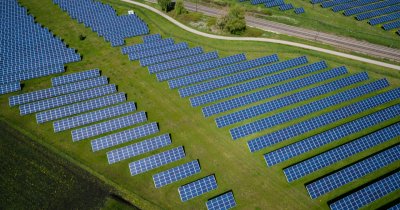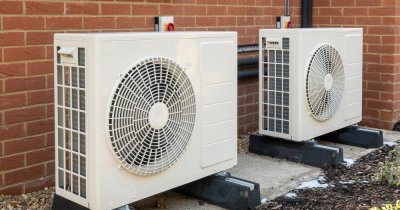According to The Conversation, who cites a report published in 2020 from the World Fish Migration Foundation, the world's seen an over 75% decline in the number of migratory fish belonging to 247 species since 1970.
The brown trout is an example of fish that relies on swimming upstream in a river to reproduce, while European eels need to swim down through river in order to reach the sea for the same purpose.
Even small dams that are only one meter tall can prevent fish from reaching their destination, as they can't jump this high to overcome such obstacles.
Also, not all fish can use the same waters to reproduce and eat, since they all have different needs, and species who rely on few locations find themselves at a greater risk of extinction, due to droughts and pollution.
Some dams can't be torn down, since they are needed for things like navigation, but fish passes can be built in these areas to help migratory species reach breeding or feeding places.
Severn River in the UK is an example of how fish passes can help species in their journey, since the implementation of such a fishway helped restore the severely affected twaite shad population after its opening in May 2021.
It is important that fish passes also have resting places and also water flow must be taken into account, both at the entrance, but also throughout the fish pass.
Due to the fact that fish species are different when it comes to their ability to swim and jump, fishways must be designed accordingly, as there is no "one size fits all". The local geography also plays a big role in what type of fish pass it can accommodate.
Some types of fishways are the pool and weir fish ladder, which implies that fish jump from one pool to another and the vertical slot fish ladder, which is similar to the pool and weir fish ladder, but in this case, fish need to swim around the obstacle instead of jumping over it. This type of pass is ideal for areas where a larger number of fish travel, as each of them is able to swim at the preferred depth.
 Mihai - Cristian Ioniță
Mihai - Cristian Ioniță












Any thoughts?